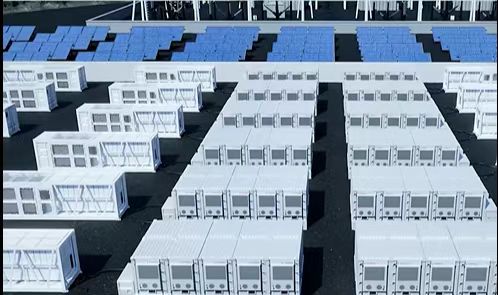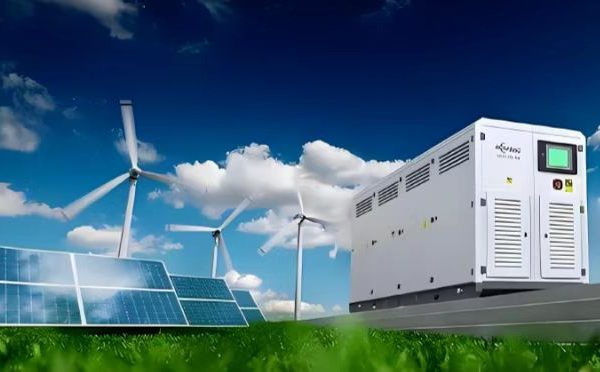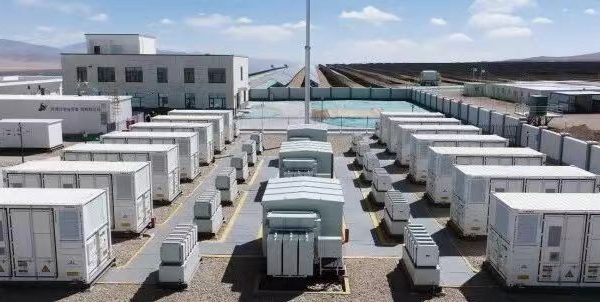Understanding the Pros, Risks, and Real Performance in Energy Storage Systems (ESS)
With the rapid growth of renewable energy and residential storage, more homeowners are looking for cost-effective ways to build home battery systems. One question often asked on LinkedIn, forums, and trade shows is:
“Can I use second-hand or recycled batteries for my home energy storage system?”
At first glance, second-hand batteries — often sourced from electric vehicles (EVs) or retired industrial systems — seem like a great way to reduce costs. However, the reality is more complex. In this article, we’ll analyze the benefits, risks, technical challenges, and best practices for using second-hand batteries in residential storage systems.
1. What Are Second-Hand Batteries?
Second-hand batteries, sometimes called used batteries or second-life batteries, are lithium-ion packs that have been previously used in electric vehicles, telecom base stations, or large-scale storage systems.
Typically:
- The batteries have 70–80% of their original capacity remaining.
- They are retested, graded, and repurposed for stationary storage.
- Prices can be 30–60% lower than new lithium batteries.
Common types:
- EV battery packs (from cars, buses, forklifts)
- Telecom backup batteries
- Recycled BESS modules
2. Why People Consider Using Second-Hand Batteries
✅ 2.1 Cost Savings
Used batteries can significantly lower system costs — especially for small home or off-grid users with limited budgets.
✅ 2.2 Environmental Benefits
Reusing lithium cells reduces waste and supports battery circular economy principles, aligning with global sustainability goals.
✅ 2.3 Availability
In regions where new BESS batteries are expensive or hard to import, second-hand packs provide a readily available alternative.
✅ 2.4 Short-Term Backup Use
For light applications (e.g., lighting, low-power equipment), second-hand batteries can provide acceptable short-term performance.
3. Key Technical Challenges
Despite the benefits, using second-hand batteries involves significant technical uncertainties.
⚠️ 3.1 Inconsistent Cell Health
- Each cell may have a different degradation level.
- Voltage imbalance leads to poor system efficiency and potential overheating.
⚠️ 3.2 Unknown Cycle History
- It’s often impossible to trace how many charge/discharge cycles the battery has gone through.
- Some packs may have been exposed to high temperatures, overcharge, or deep discharge, reducing lifespan drastically.
⚠️ 3.3 Compatibility Issues
- Different brands, chemistries (LFP, NCM, NCA), and voltages make it difficult to match with new BMS or inverters.
- Many second-hand cells lack CAN or RS485 communication protocols, complicating integration.
⚠️ 3.4 Reduced Energy Density
- Even when functional, second-hand batteries typically have 70–80% capacity, meaning larger physical space and heavier systems.
⚠️ 3.5 Safety Risks
- Degraded cells may overheat or short-circuit under high current.
- Old insulation, corroded terminals, and gas leaks can increase fire risk.
4. Performance Differences: New vs. Second-Hand Batteries
| Parameter | New LiFePO₄ Battery | Second-Hand EV Battery | Comment |
|---|---|---|---|
| Capacity | 100% | 70–80% | Reduced energy availability |
| Cycle Life | 4000–6000 | 1000–2000 (remaining) | Shorter usable life |
| Warranty | 5–10 years | 0–1 year (if any) | Major reliability gap |
| Safety | High | Variable | Depends on previous use |
| Cost | 100% | 40–70% | Cheaper upfront |
| Integration | Easy | Complex | Needs reprogramming or reconfiguration |
In short: used batteries save money at the start, but may cost more in maintenance, safety, and early replacement later.
5. When Second-Hand Batteries May Work
Second-hand batteries aren’t always a bad idea — if used carefully in certain conditions:
🟢 5.1 Light-Duty or Experimental Systems
For DIY users, off-grid cabins, or education projects, used packs can be a budget-friendly entry point.
🟢 5.2 Tested and Certified Modules
If the second-hand batteries are:
- Professionally graded (A/B/C),
- Tested for capacity and internal resistance,
- Equipped with working BMS,
then they can be used safely under controlled conditions.
🟢 5.3 Stable Indoor Environments
Used batteries perform better in temperature-controlled indoor setups, avoiding thermal stress or moisture exposure.
🟢 5.4 Backup-Only Applications
Where batteries discharge rarely (e.g., UPS or emergency systems), degradation impact is minimal.
6. When to Avoid Second-Hand Batteries
🔴 6.1 For Critical Power Supply
If your system supports medical equipment, security systems, or vital operations — reliability is non-negotiable. Use new batteries only.
🔴 6.2 For Grid-Tied Storage
Grid-connected systems require certified, traceable, and safe components. Used batteries may fail UL, CE, or IEC compliance tests.
🔴 6.3 Without Testing or Certification
Never buy “unknown-condition” or “mixed cell” packs from unverified sources. The risks — fire, explosion, or inverter damage — far outweigh the savings.
7. How to Evaluate a Second-Hand Battery Supplier
If you’re considering purchasing or reselling used batteries, follow this checklist:
✅ Request a battery test report, including:
- Capacity (Ah, Wh)
- Internal resistance
- Cell balance test
- Cycle history (if available)
✅ Ask for BMS compatibility details (CAN/RS485 protocol, cut-off voltage, etc.)
✅ Confirm warranty or after-sales support
✅ Ensure compliance with local regulations for recycled or refurbished batteries
✅ Choose suppliers who perform capacity grading and reassembly professionally — not just pack resale
8. Safety Recommendations
- Always use a reliable BMS to monitor temperature, voltage, and current.
- Install fuses and circuit breakers for each pack.
- Avoid deep discharge (<10%) and overcharge (>90%).
- Store in ventilated, fire-resistant enclosures.
- Regularly check for swelling, corrosion, or heat buildup.
9. Environmental Considerations
While reusing batteries reduces manufacturing emissions, improper reuse can create hazardous waste.
To ensure environmental benefit:
- Use certified recycling channels for cells that fail testing.
- Follow UN3480 and IEC 62619 standards for safe transport and storage.
- Support suppliers using traceable, documented second-life sourcing.
10. Professional Alternatives
For long-term reliability, many experts recommend “factory-refurbished” or “Grade-A second-life” batteries.
These are:
- Tested by OEM or certified labs
- Repackaged with new BMS
- Provided with limited warranty
They strike a balance between affordability and safety, suitable for semi-professional installations.
So, can you use second-hand batteries for home storage?
✅ Yes — but only under the right conditions.
If properly tested, certified, and monitored, second-hand batteries can work well in non-critical or backup applications.
However, for long-term, grid-connected, or warranty-backed systems, new LiFePO₄ batteries remain the best choice due to:
- Higher safety
- Longer lifespan
- Better energy efficiency
- Full technical support and certification
In the end, home energy storage isn’t just about saving money — it’s about ensuring safety, performance, and sustainability.
When in doubt, work with professional BESS suppliers who can help evaluate, integrate, and maintain your system properly — whether using new or second-life batteries.









